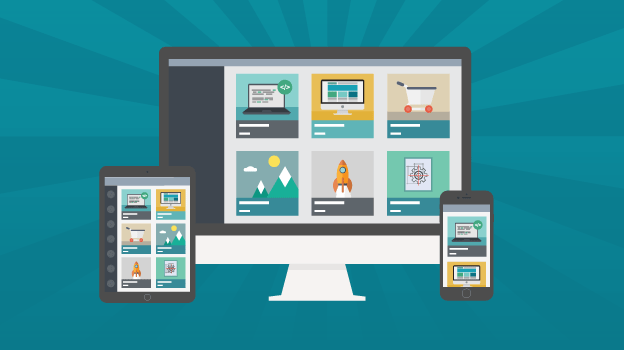
How to create an LMS training program in 8 steps
Creating a good training program for teachers who need to learn how to use a new school LMS isn’t always easy. Things can get exhausting, time-consuming and expensive, but this doesn’t need to happen. That’s why we’ve put together a simple and easy to follow 8-step guide on how to create an LMS training program for your school.
-
Assemble your team
You don’t need special training staff with professional skills, you just need to make sure that the people you choose (administrators, teachers, or other faculty members) are:
- are excited about this
- are willing to invest the time
- know the product very well
- know the LMS goals
-
Know your audience
An easy way to get to know your audience and understand their learning needs is by putting together a short survey for participants. You can find out things like:
- what classroom technology have they used so far
- what is their grade level and speciality
- how much time can they allocate for training
- what do they want to learn exactly
-
Plan the content
This can vary according to your specific organizational needs, so you can perform any or all of the items on this checklist:
- split people into separate training groups
- create an introductory session for the LMS
- divide content by difficulty levels
- host the training content on the actual LMS
- set goals at each training level or course
- adapt the training content to various learning styles
- consider including small assessments during courses
- explain to your audience how to maximize the LMS use
-
Plan the training
This is the more logistical side of training. Rally the administrative staff of your school if necessary and
- make sure you have enough people to cover all training groups
- work out the schedule for trainings and the time per session
- get a room with computers, a projection screen, and a solid internet connection
- do a test run before the actual training
-
Make the training interesting
Adults also enjoy receiving incentives and making your training more interactive will help them learn better and faster.
- use gamification to award points and badges as teachers advance through training content
- you can also create certificates to award at the end of each training level
- organize a raffle for attendees and give away a prize such as tickets to their favorite education event or devices that they can use in the classroom
-
Announce and promote training
Everyone in the school should know about the training program. Promote it through the introductory session mentioned above.
- make sure your training team is available to answer questions or concerns
- add more details about the training program on the school website
- send out occasional emails to announce training sessions
- keep everyone updated by sharing pictures, videos and results from training sessions
-
Train
You’ve come so far and it’s time for the actual training. The first session will set the tone for what teachers can expect from the entire training program.
- make them feel comfortable and set a training pace that they are ok with
- see what the vibe of the group is and go with it
- take your time with those that move slower than the rest of the group
- do a survey at the end of the course to collect teachers’ impressions
-
Make it ongoing and expand
At this point your training program is set in place, so what do you do now?
- keep updating the content, based on feedback or as new LMS functionalities appear
- you can also diversify content and create more levels
- add separate sessions that focus on e-learning strategies
- do reminder sessions from time to time, to refresh concepts for participants.
Visit our Blog for insightful posts on edtech for K-12 and Higher Ed.







